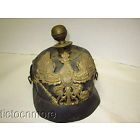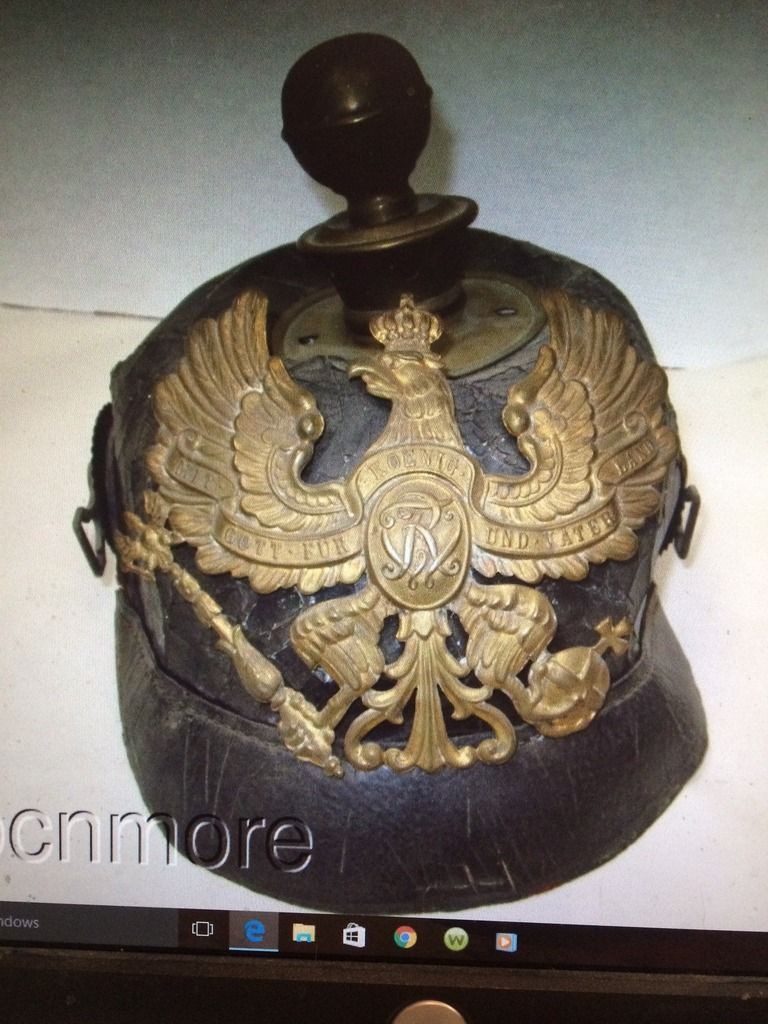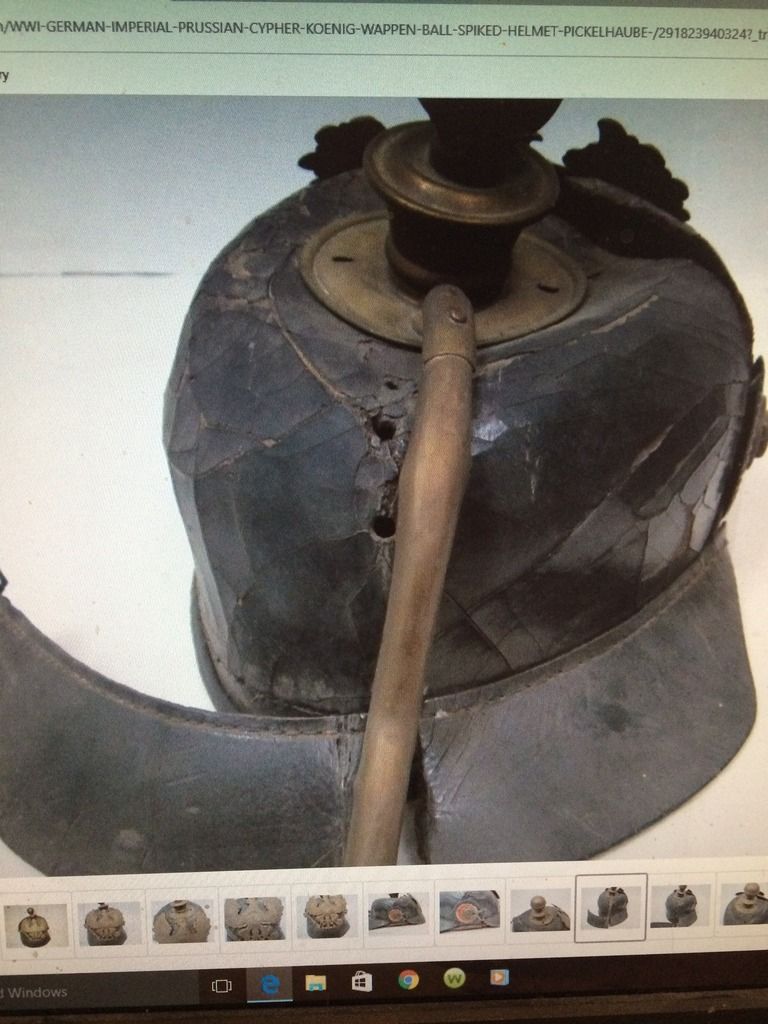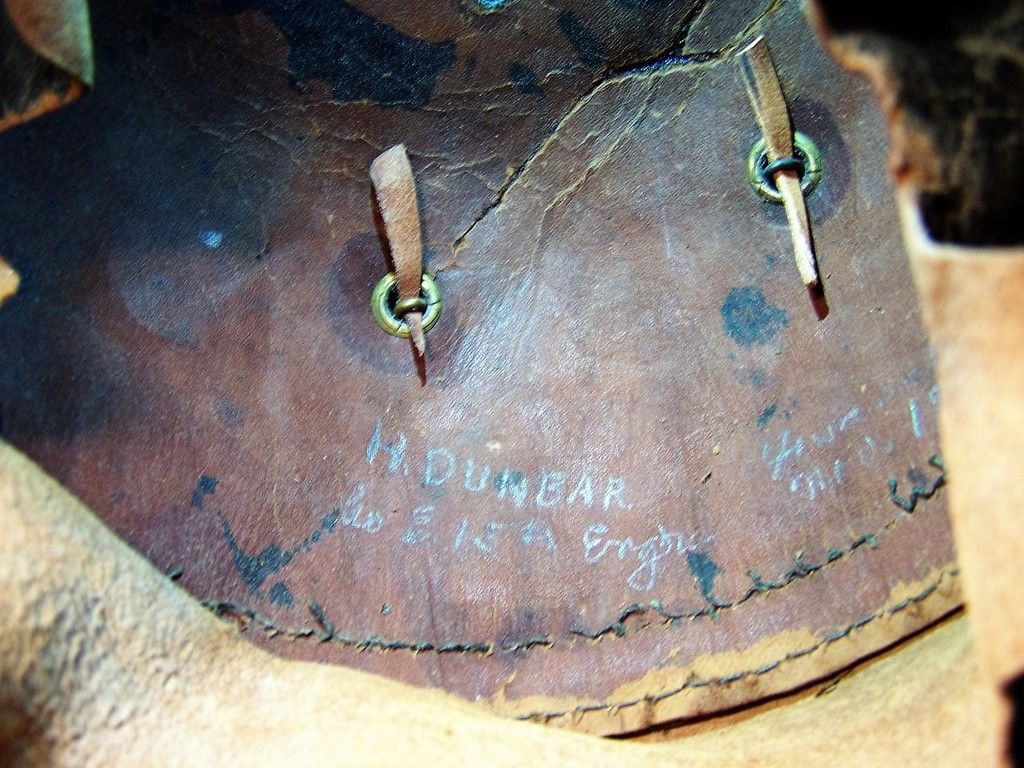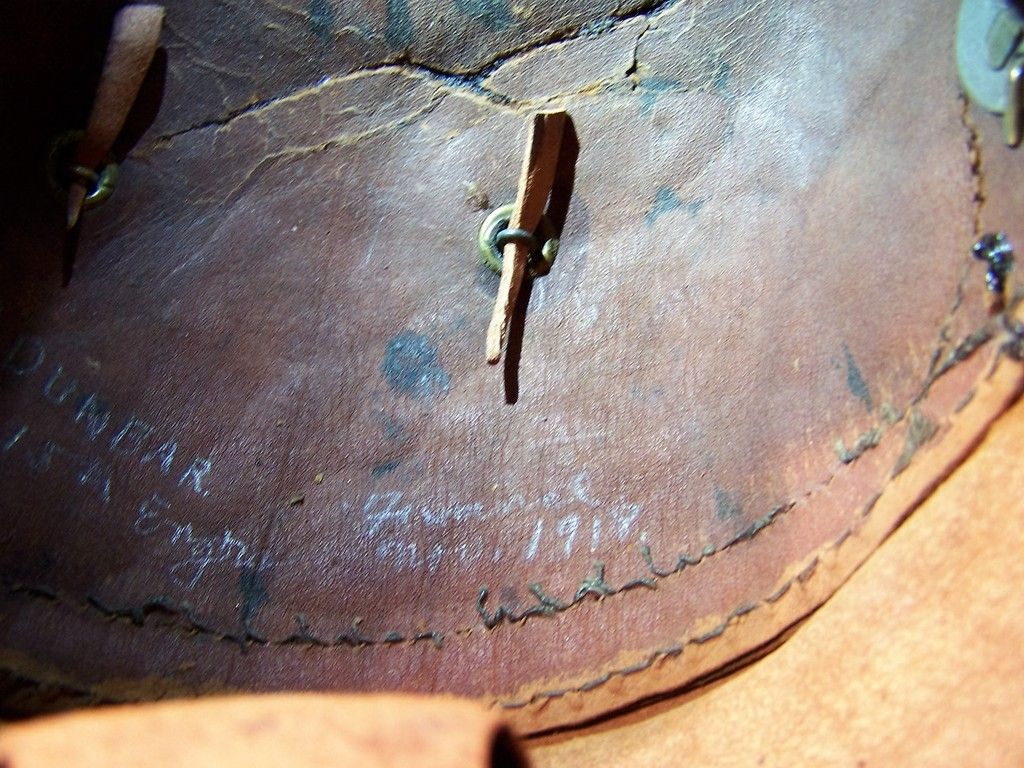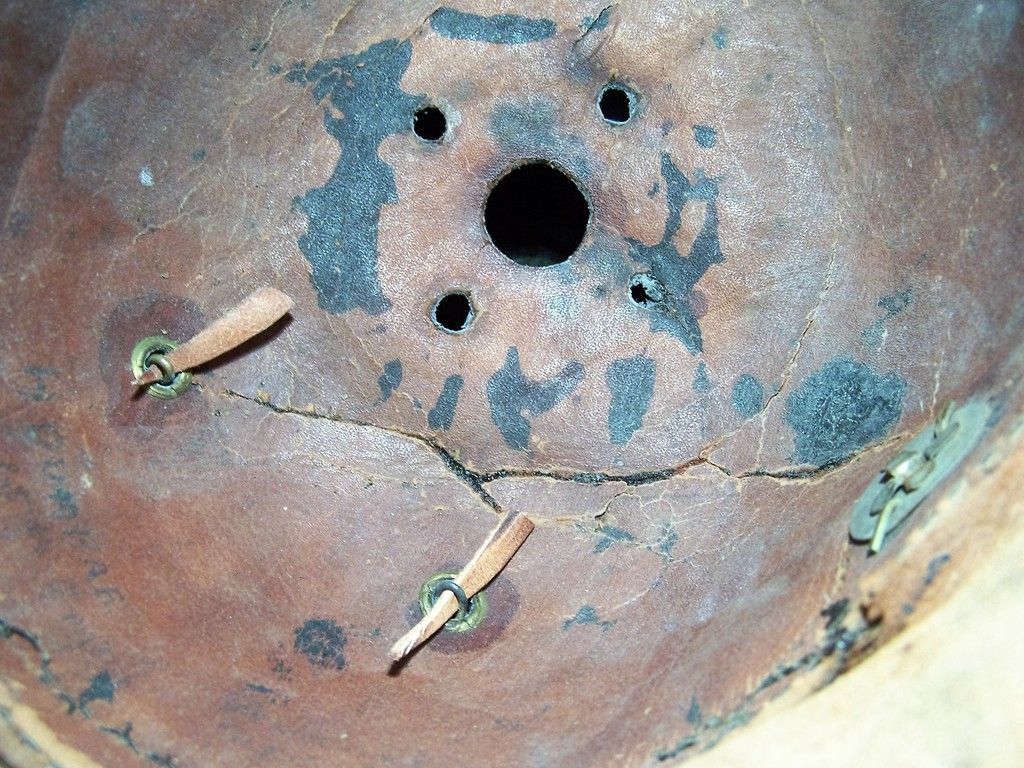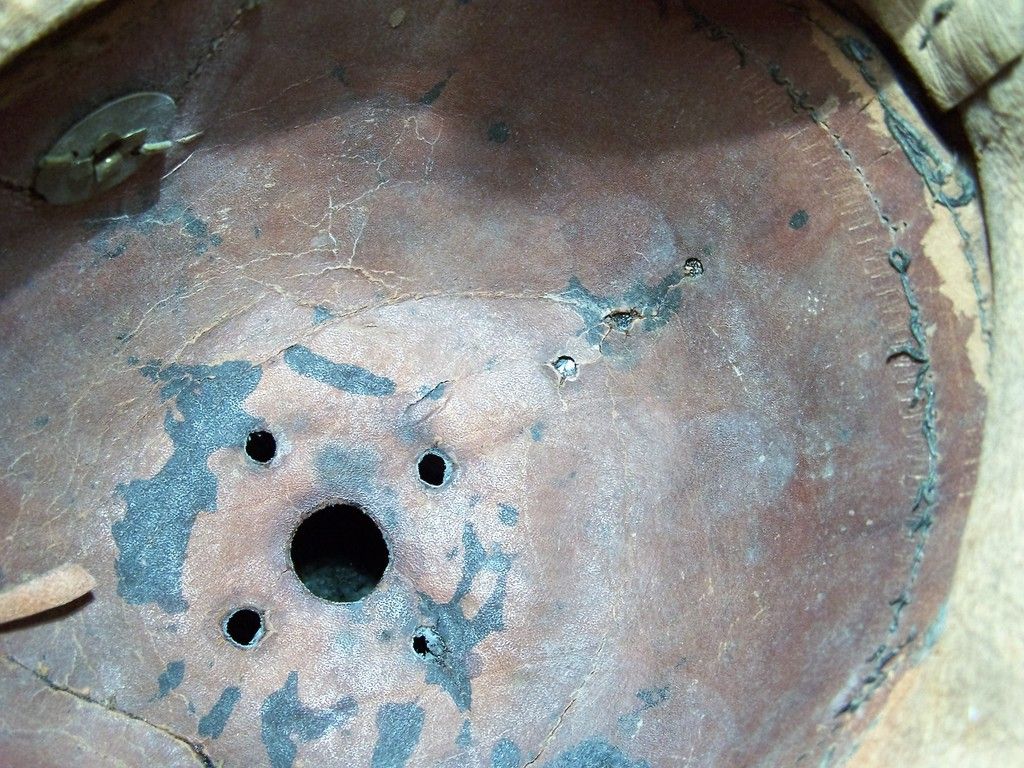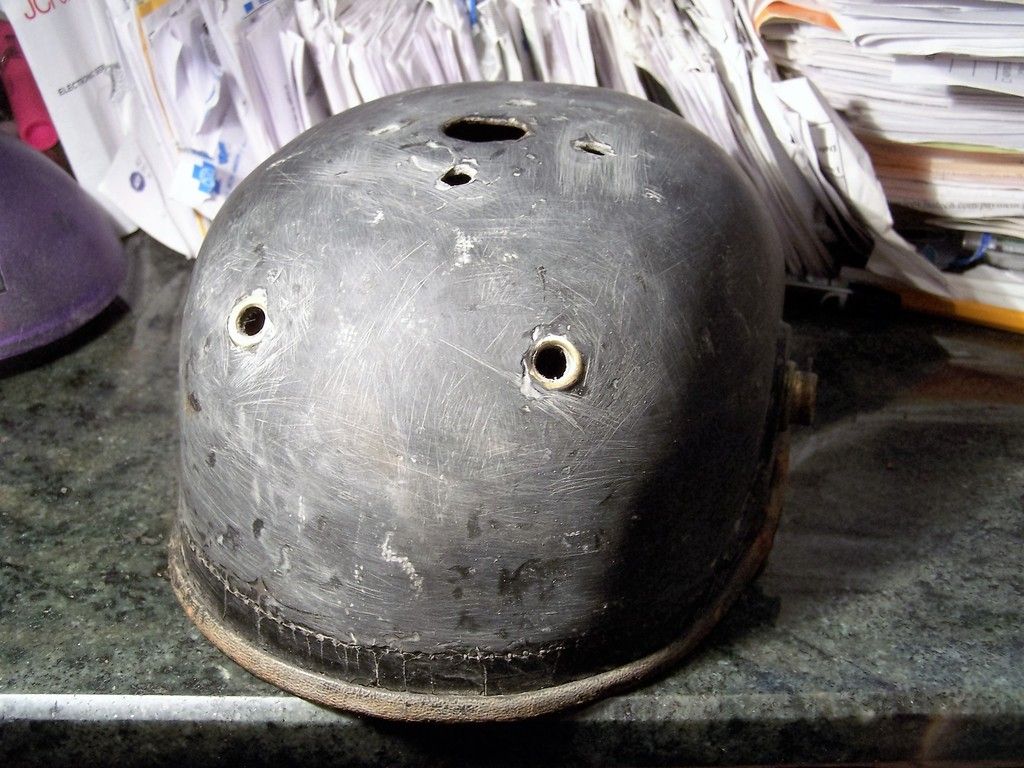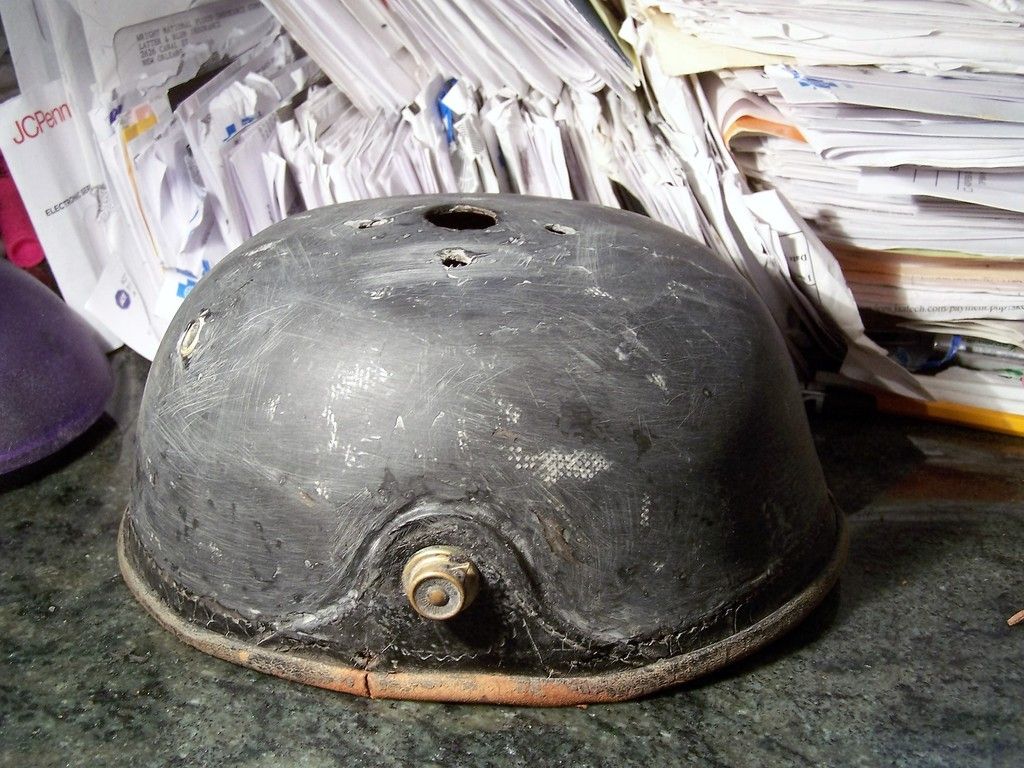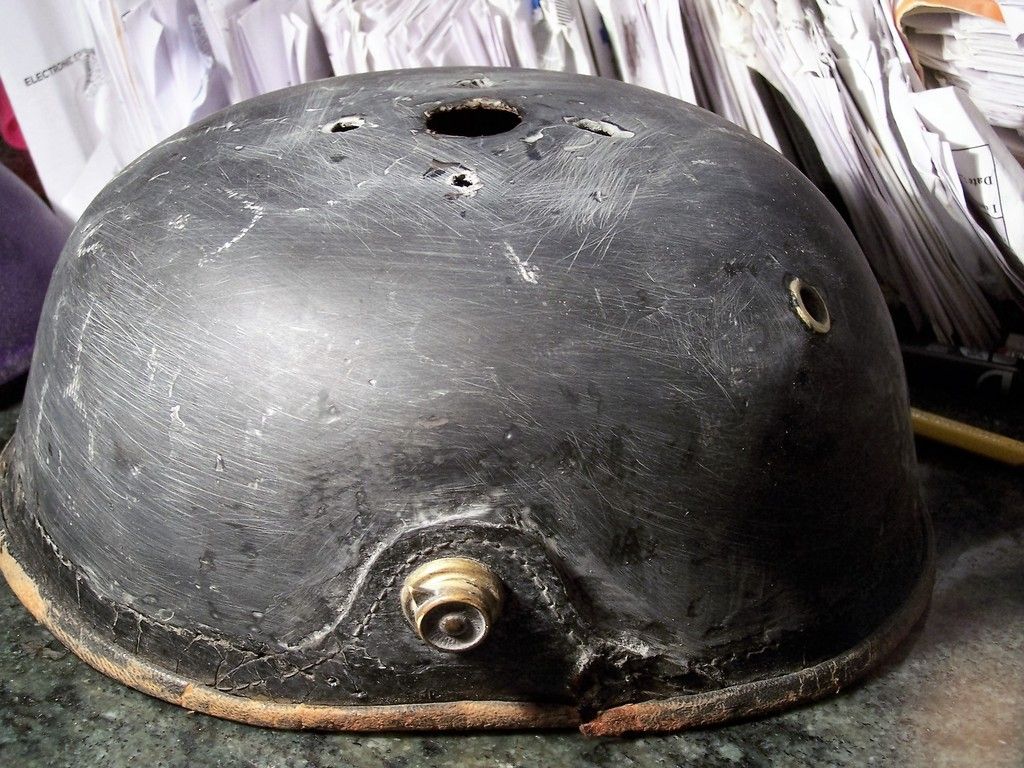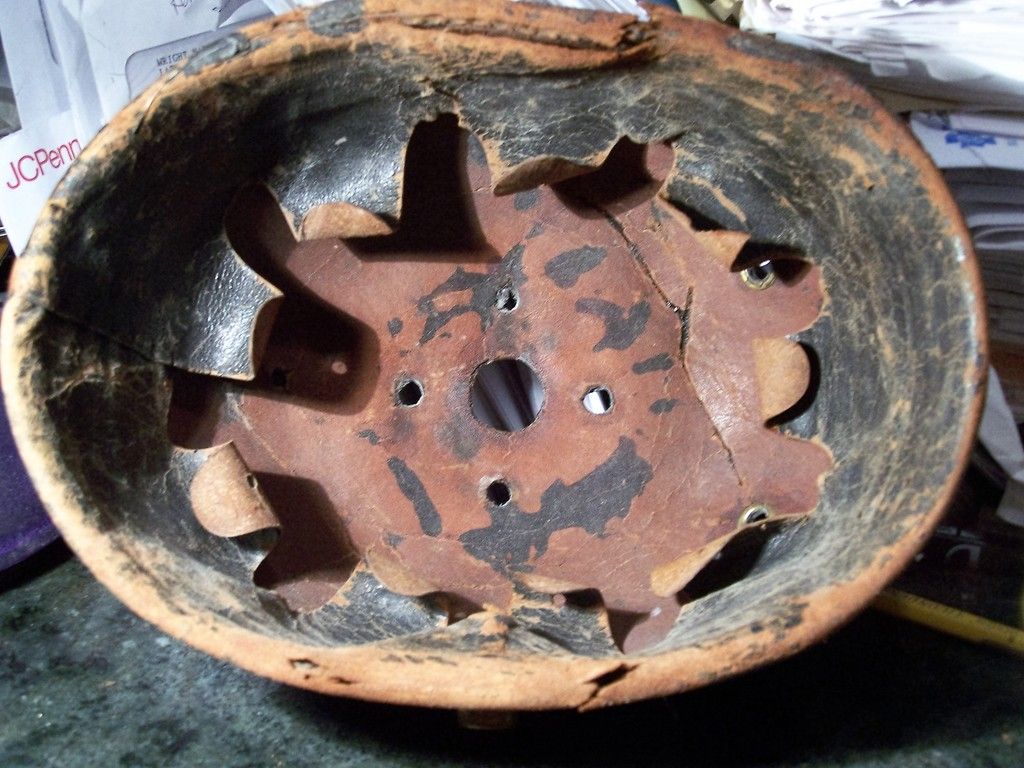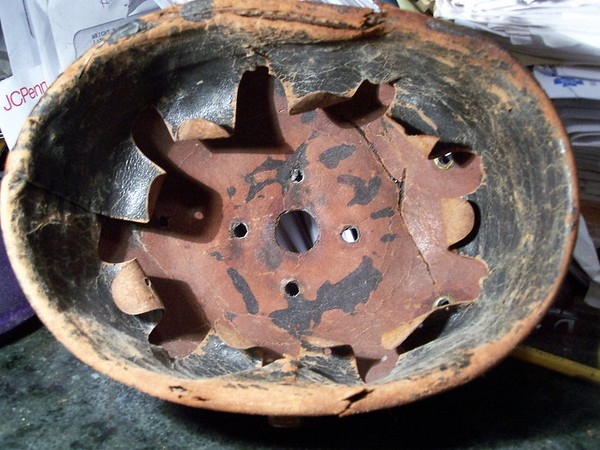dusmif said:
Very nice work, I never thought that a helmet in that condition could be restored.
Did I noticed right to say that you sanded the helmet surface, if yes what did you use to bring it back to life.
Thanks
Alf
I used fiber glass cloth and black colored fiber glass resin.
At first I cut the cloth into aprx 3/3 inch strips . After blocking the shell out painted the resin on the shell from top to visor stich line then laid on the cloth . Then I came right back on the cloth painting more of the resin.
Once that had set up I came back and filled in with cut to fit fiber glass cloth to fill in the spaces .
After the second wave of glass went on . Once set I sanded the whole thing. Then went back about 3 times filling in low spots with the resin. Sanded and repeated.
The trick is to sand LIGHTLY USING 80 GRIT sand paper. This step is that your trying to shape not soo much sand. Then come back with 120-180 grit sand paper to smooth everything out. Then wash with denatured alcohol . The sanded area will look gray and the low spots will look black. Then you touch up the low areas ( black ) then sand and repeat.
It took me about a day to get it were it is now . Appling / spot hitting 4 times with the resin.
